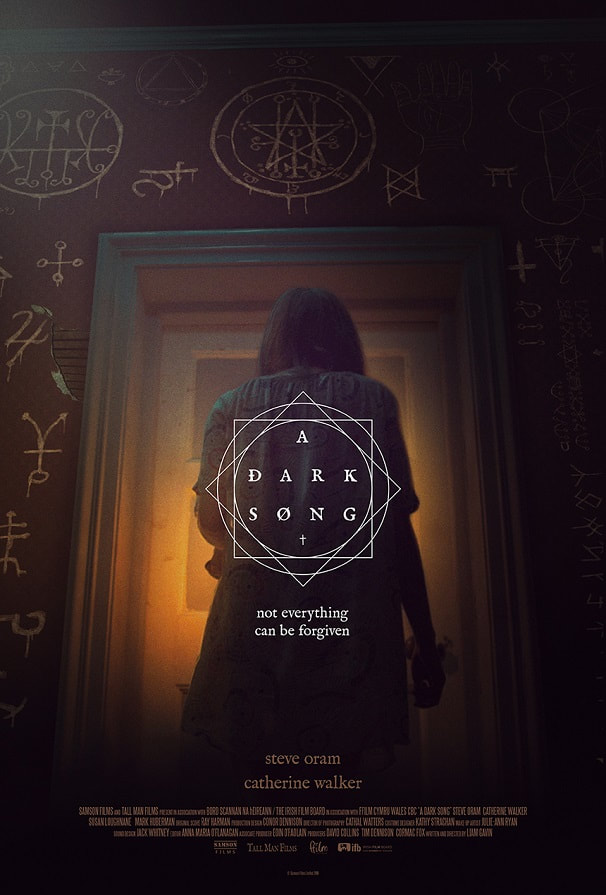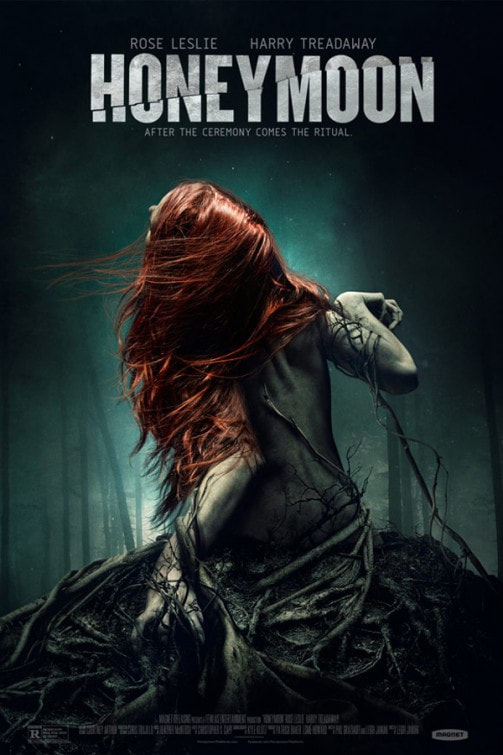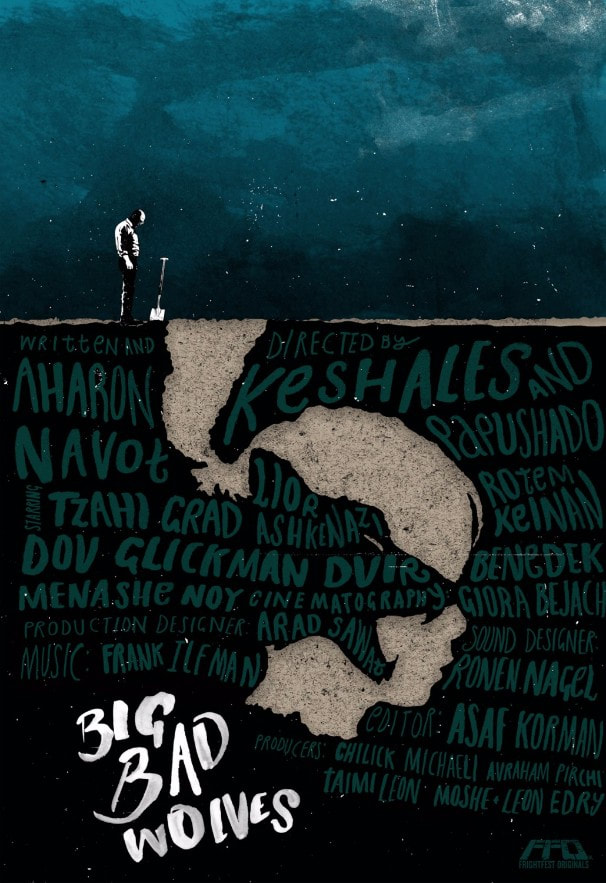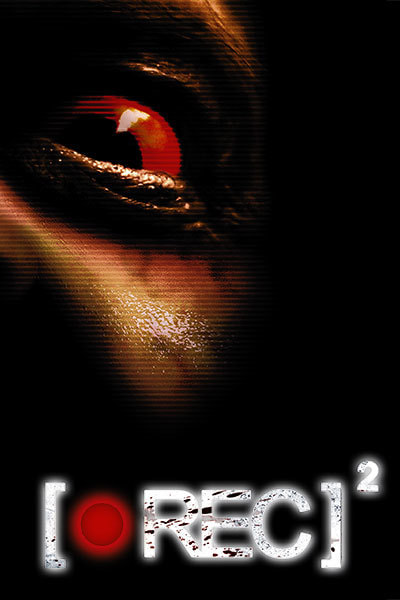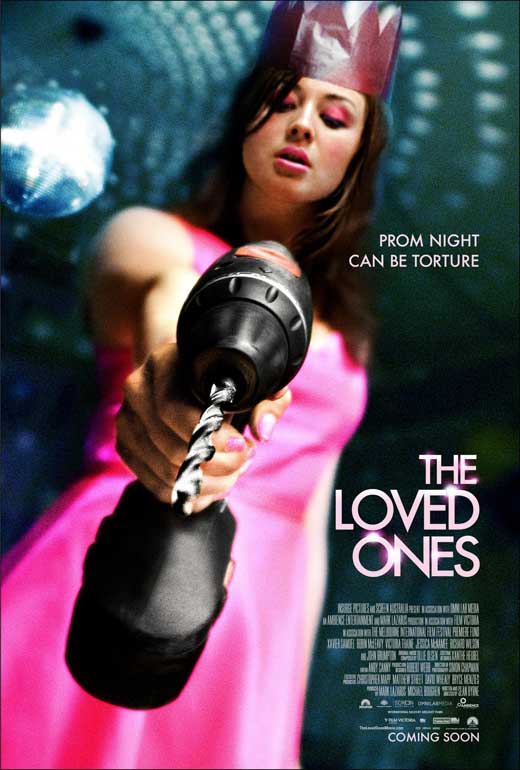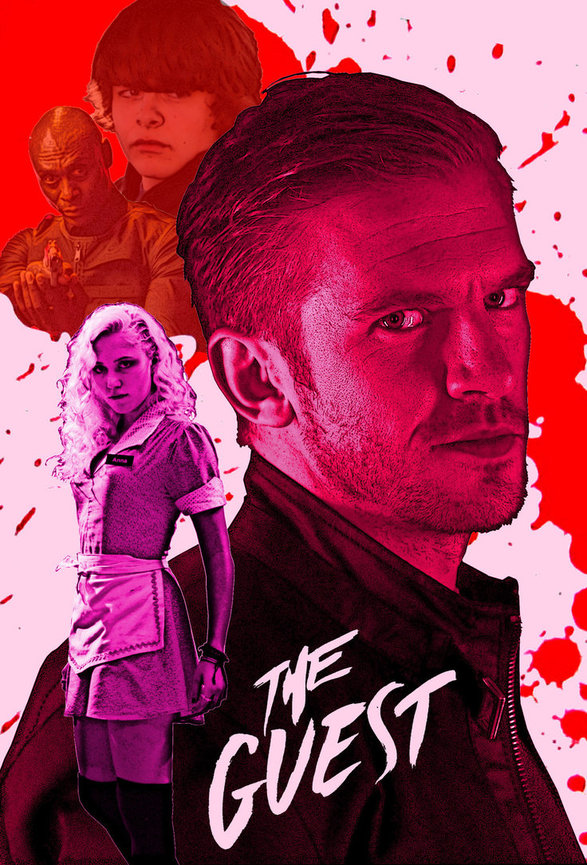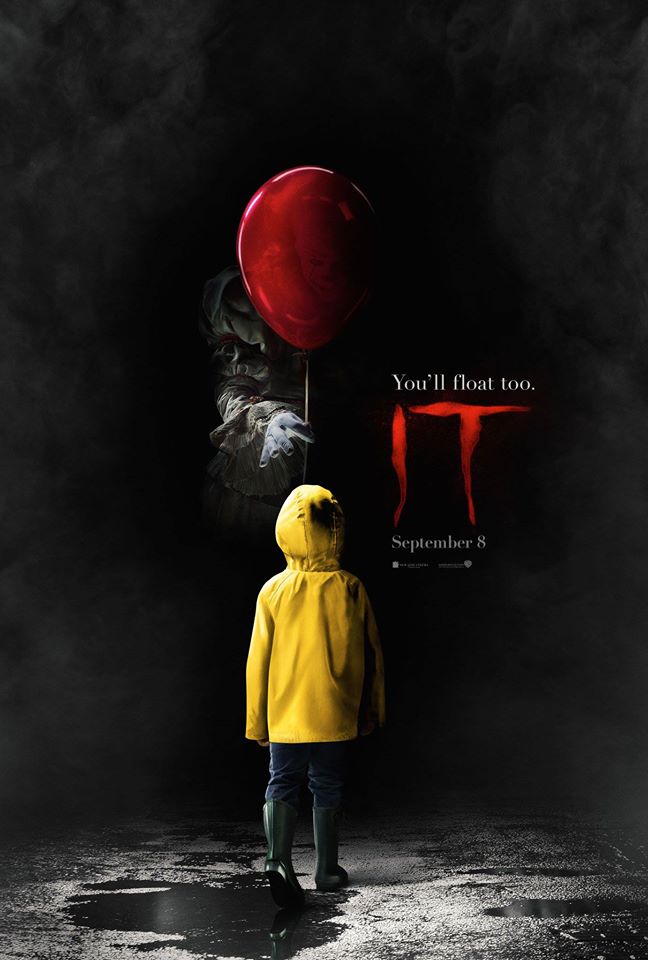|
Where to begin with Raw? One of the most original horror movies of recent years, it plays like a season of some heady, hallucinatory TV series packed--but not cramped--into 99 minutes. Ostensibly a coming-of-age story, it’s far more than any summary or its trailer could convey, but here’s a try anyway: Justine, the youngest daughter in a family of veterinarians, who are also vegetarians, discovers that school and the larger world outside of it aren’t what she thought when she’s forced to eat raw meat as part of a school hazing ritual. If the trailer does one thing right, it’s finding a way to reduce the movie’s sensual, decadent, and sprawling journey into a simple binary where eating meat turns you into a cannibal, so don’t trust it. Whatever Raw is supposed to mean, it’s not as easy to pin down as that; and as cliche as it may be to say, this is the rare sort of movie that makes plenty of sense on a narrative and emotional level, but whose lasting appeal is mainly in puzzling out what the hell it’s trying to say. To say much more would undermine the experience of watching Raw unfold with the same inventive, inscrutable inspiration as Donnie Darko and May. Watch it. -Brian L.
0 Comments
A Dark Song is as gentle, tense, and lyrical as its title suggests, the story of Sophia (Catherine Walker), a grieving mother who doesn’t want to reflect on her loss and doesn’t want to move on: she wants her son back, a desire that puts her in a house for a month with a troubled occultist (Steve Oram) with whom she will embark on a months-long Gnostic ritual to ask a favor of her guardian angel. Although the movie doles this plot out in doses, knowing ahead of time doesn’t spoil much, as it’s only the foundation of the movie’s gripping and clearly well-researched dive into occult magic. Thanks to nuanced performances from its two-person main cast, the movie’s clinical procession through the phases of the ritual never gets too cold or alienating--their behavior in the face of obstacles both supernatural and just plain natural is reassuringly human, keeping things grounded and believable even as the movie introduces reasons to doubt and rethink what we’re shown. It’s horror is the slow-burning kind, more of a persistent, unshakeable mood of dread and impenetrable mystique rather than a series of jump-scares and lulls; and while there’s certainly blood, it tends to trickle and drip rather than splatter and splash. Don’t Look Now, Changeling, and The Innocents have all used the loss of a child as the basis for vastly different but equally powerful explorations of the nature of parenthood. This year, we can A Dark Song to that list. -Brian L. The basis of all horror is simply to present the familiar in an unfamiliar way. Honeymoon, despite its brevity, takes its time introducing Bea’s (Game of Thrones' Rose Leslie) and Paul’s (Penny Dreadful's Harry Treadaway) relationship in all its fuzzy newlywed warmth, beginning with excerpts from privately-shot videos of the two gushing over one another on the eve of--you guessed it--their honeymoon. We’re guided through their affectionate interactions, the little idiosyncrasies of their relationship, and almost follow them into the bedroom, but the movie isn’t so concerned with the lascivious aspects of their marriage. The point is to illustrate that they’re very close, and seem to know each other very well.
What makes Honeymoon so engrossing is the way it patiently undermines that certainty. From the moment a bright light shines through their bedroom window in the dead of night, everything that was previously established, presented as real and true, begins to unravel. If the basis of horror is the perversion of the familiar, then it’s argument is that nothing and no one is really knowable--we know only what we’re allowed to know, or what we allow ourselves to know, about anything. Honeymoon has to rely on some genre tropes to get to its point, but it’s so tightly plotted, thematically consistent, and eminently haunting that even the familiarity of those tropes subsumes to the power of the movie’s overarching question: how well do you know the person you love? -Brian L. Death Proof is the closest Quentin Tarantino ever came to filming a straightforward horror, and for those that have seen it, it’s certainly lacking, and the furthest thing from straightforward. More an undercover remake/ode to/pastiche of his favorite car-chase movie Vanishing Point and about a thousand other, similar movies (as per usual), Death Proof kind of exemplifies all the worst qualities of a Tarantino film: it’s overlong, it’s self-indulgent, and it’s prone to meaningless tangents and winks at irrelevant films. Death Proof is not the horror film we needed from Quentin Tarantino, and I doubt it’s even the one we deserved. Ironically enough, Tarantino named Big Bad Wolves, which is almost slavishly indebted to him, as the best movie of 2013. This Israeli-bred horror film (what an unusual thing to say!) is as much comedy as horror, and in the spirit of Death Proof, feels like a send-up of many different sorts of exploitation plots balled up and packaged together with a masterfully dry sense of humor--think more Severance than Evil Dead, and you’re almost there, but its oddball genre setups and unpredictable turnouts also betray a hint of Coen Brothers flavor, as if the script happened to float by their desks on its way to production. Big Bad Wolves is the story of a kidnapping gone awry wrapped around a whodunit mystery, or maybe the other way around. It’s a blast to watch even when it’s clearly referencing Tarantino (you’ll be reminded of Reservoir Dogs more often than Death Proof, actually!), and it’s surprisingly funny even when things take a turn toward the grotesque; but Big Bad Wolves is depth-charge horror, the sort that disguises itself in twists and hilarious diversions, but whose presence lingers long after you’ve stopped laughing. -Brian L. I’ll be the first to defend found-footage horror on the strength of a handful of movies that include The Blair Witch Project, The Bay, and the first two REC movies. The Blair Witch Project may have some cultural and historical significance behind it, but cinematically speaking, both REC movies are tighter, scarier, and eminently more watchable thanks to a plot driven by more than the improvised bickering of college students, and come with a narrative backbone that, while almost invisible, involves us in the world of the movie more than any amount of ad-libbed dialogue could.
REC is the story of a television reporter and her cameraman getting in way over their heads: initially shooting a late-night piece on the local police department, things go to hell when they follow the emergency workers to an apartment building in response to a distress call.. From the onset, these movies are first-class examples of how to harness the disarming naturalism of the found-footage style, excising virtually all of the typical dialogue and visual cues that telegraph upcoming twists or scares in more standard horror. When a corpse plummets several stories to land in the foyer moments after our protagonists arrive to the apartment building, the shock is visceral, and the lack of exposition makes it that much more disorienting. You’re never quite sure what the movie is going to throw at you, or when; and while it’s certainly possible to make educated guesses at where things will go, how we get there is frequently a mystery, and a terrifying one at that. Put simply, REC is a 78-minute panic attack in near-darkness, and REC 2 isn’t so much a sequel as the second half of the movie, cleverly expanding the scope and scale of the first as it completes a three-hour dive into one of the most visceral, thrilling nightmares in recent horror. Watching them together is all but imperative. Night 2 - The Loved Ones |
"Curtains" is where you can catch movie reviews by the Metal Lifestyle staff.
|

